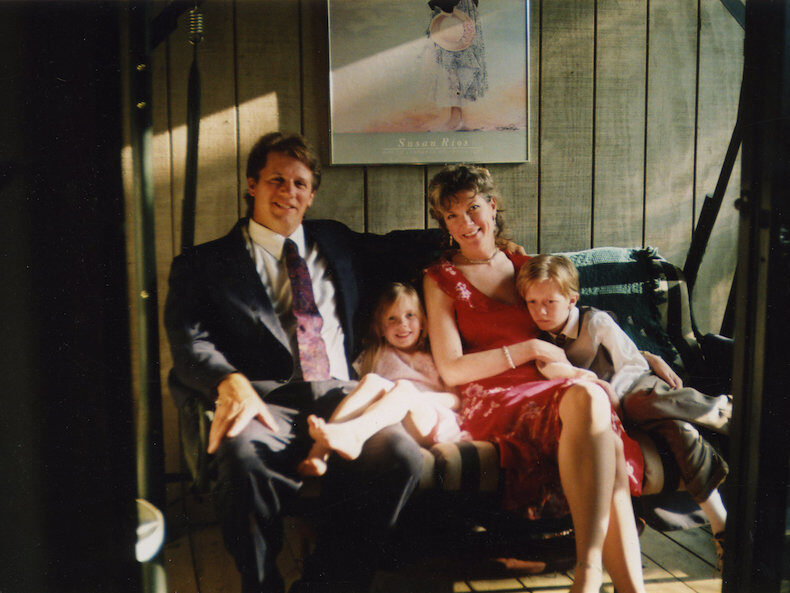One of the families featured in A Dangerous Son (Source: HBO) [image: A white family of four, with two young kids, on a couch together.] Kit Mead kpagination.wordpress.com Content note: Discusses violence and abuse regarding children with mental illness and disability, and the Newtown shootings. I’m not going to watch “A Dangerous Son,” the HBO documentary that tells “a story about families with children who have psychiatric disorders that lead to violent behavior.” I’m going to avoid it mostly because I have already read all of those stories. Again. And again. And again. And I have found them incredibly disturbing each time—on behalf of the children who are being written off and exploited. Especially because, as Mel Baggs points out: Across violent and abusive sets of environments, we—the kids—are the only ones seen as having a violence problem. And those environments are so very often the context for “violent outbursts.” Like…
Tag: mental illness
[image: Promotional graphic for the movie Killer Caregiver, with a black background, a woman’s face with a malicious expression and a red filter, and bright orange block letters reading, “Killer Caregiver”.] autisticaplanet through1filter.blogspot.com Content note: Some plot spoilers, mentions of violence. Killer Caregiver stands out from the rest of Lifetime Movie Thrillers. First of all, the adults in the movie actually dress and act like believable adults, not petty, spoiled man-boys or woman-girls—though they do live in a McMansion like nearly every Lifetime movie family in the 2000’s through the present. This thriller also differs from the Lifetime norm as the main character Mariah’s son, Jacob, has autism. When a male client makes an unwanted aggressive advance on Mariah (Nicole Hayden), she jumps from her van in an attempt to escape. He then becomes pinned to an entrance gate by the rolling-in-neutral car. He dies and Mariah survives, though she…
Lydia Brown autistichoya.blogspot.com It’s everywhere. “Autism isn’t mental illness. We’re not like those people.” “It wasn’t an autistic person who would commit mass murder. Only people with actual mental illness, like psychopaths or schizophrenics do that kind of thing.” “Those ideas are insane!” “Autism Speaks’s idea of representing Autistic people is absolutely crazy.” “People who want to give their kids bleach enemas are just nuts. Their ideas are nuts.” It comes not merely from Autistics and non-Autistic parents and professionals and researchers but also from Autistics and non-Autistic parents and professionals and researchers who are disability rights advocates and activists. Take the humble pill, recognize your own strands of ableism, and stop using the ableist language. It is not okay to refer to ideas and people with whom you disagree as ‘insane’ or ‘crazy’ or ‘nuts’ or ‘loony,’ because those are hateful and hurtful words just as much as the…
Paula C. Durbin-Westby paulacdurbinwestbyautisticblog.blogspot.com I am writing here about one aspect of this horrible killing of a six-month-old baby, that of the mother’s fears about the costs of having an Autistic child: http://www.huffingtonpost.com/2011/12/06/stephanie-rochester-trial_n_1131305.html Whether or not the parent was not legally sane at the time of the killing is not what interests me. She was coherent enough at one point to express her fear that the child would cost her too much, both emotionally and financially. “Rochester told detectives that she thought having an autistic child would emotionally and financially “ruin” her life.” Let’s take a look at some of the things she might have read before she made a decision to kill a six month old baby. While there may have been other reasons for the infanticide, including her state of mental health, the following examples could greatly add to her worries. First, let’s look at common “information” about…

